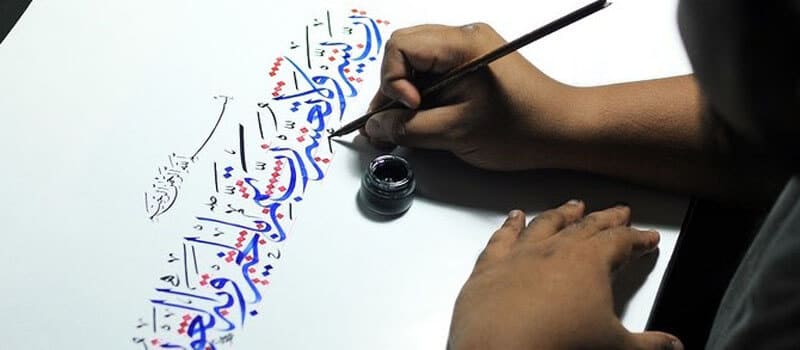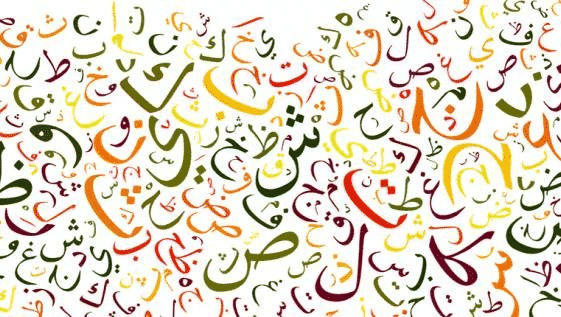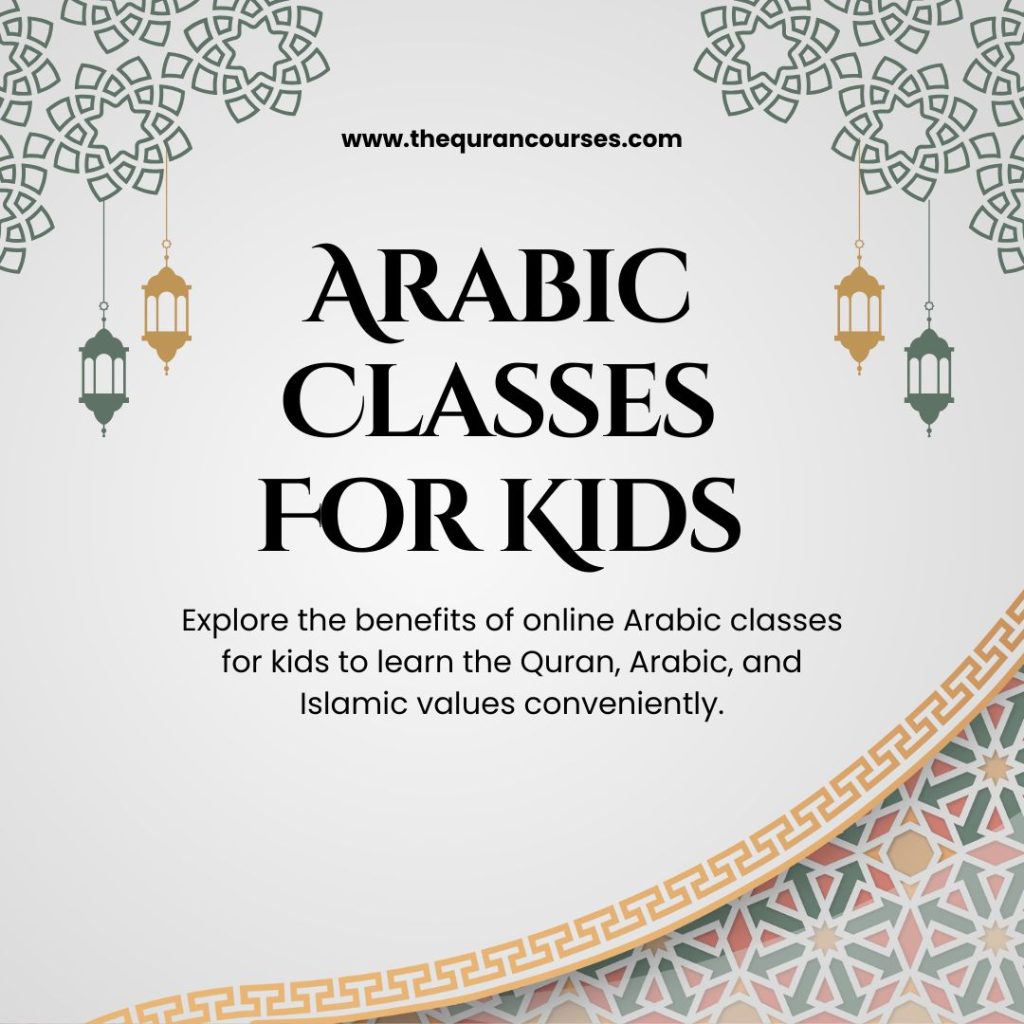There has been a lot of debate on how to classify Arabic as a language or to define what is Arabic?. To begin, the ideal template may be found in the Qur’anic language (also known as al-lughah al-fuah, or “the most eloquent language”). Classical Arabic, the language used to write the majority of pre-modern Arabic literature, is very similar to that of those works. Even in professional broadcasts like news programs and political speeches, Modern Standard Arabic, which has a stylistic and lexical difference from Classical Arabic, is widely utilized. These common variants are the focus of this essay.
What is Arabic?
- Arabic refers to the Arabic language or literature.
- Arabic script indicating, relating to, or in use since the fourth century a.d. The absence of etymologically short vowels is one of the script’s distinctive features.
- of or about Arabs; Arabian.
there are several dialects of Arabic spoken around the world, some of which are incomprehensible among speakers of the same dialect. The written language may have been around for millennia before this. Even though the definite article *al- and the archetypal mafl passive participle are common to many of these dialects, they provide a dilemma in defining Arabic since they are not present consistently across all dialects or because they are found in other languages as well. Dialects from Arabia, Iraq, Syria, Egypt, and North Africa are the most common today.
Definitions for the Arabic language
This designation refers to the successors of the 6th century AD Classical Arabic language. Literary Arabic, as well as dialects or dialects, are spoken in the Middle East, North Africa, and the Horn of Africa are all included in this classification. Known as Modern Standard or Literary Arabic, this kind of Arabic is used for writing. Most written and spoken publications, as well as news programs like lectures, employ this version of Arabic. This, of course, varies from nation to country. Before Morocco became a member of the Arab League in 1912, Moroccan Arabic was the official language of the country. The Hebrew, Aramaic, Ugaritic, and Phoenician languages are the closest relatives of Arabic in the Central Semitic family. Even though they are employed for different purposes in society, written Arabic and spoken Arabic share a condition known as diglossia, in which they are both utilized side by side. A sociolinguistic language is one in which some of the spoken varieties are mutually incomprehensible both verbally and in writing. For political and/or ethnic reasons it is usual to put them together as a single language, even if on linguistic grounds they are distinct languages. Multiple languages are difficult to define because the spoken variants create a dialect chain with no apparent borders. As many as 422 million people use Arabic as their first language, making it one of the world’s six most widely spoken languages. Egyptian Arabic, with its 54 million native speakers, would be the most widely spoken Arabic variant if it were designated a separate language.
The Arabic language has a few interesting facts.
More than 300 million people throughout the world are fluent in Arabic.
There are 22 countries in the Arab League that use Arabic as their primary language. However, the bulk of Arabic speakers is located in North Africa and Egypt, where there are over 300 million speakers. It’s also one of the United Nations’ official languages, which is a nice perk! (UN). Only one percent of British adults can carry on a basic conversation in Arabic, which is a major issue.
Depending on the situation, multiple Arabic pronunciations are appropriate.
Aramaic, Hebrew, and other central Semitic languages are all closely related to Arabic. This is the variant of Arabic that is used in formal contexts like media, newspapers, and literature. There is a vast spectrum of colloquial Arabic language known as ‘Aamiya that is used in everyday conversation around the globe. Many different sorts of forms may be found in today’s culture, and they’re all used in diverse ways.
Until Islam spread and the Arabic alphabet was codified, the language’s development in Arabia was mostly based on oral and poetic transmission. Arabic calligraffiti, a style that combines calligraphy with graffiti, has been popular in modern and contemporary art to produce an Arabic alphabet that is widely used.
Arabic constructs words from basic roots
In Arabic, as in other Semitic languages, words are constructed from a simple root in a complicated and uncommon way. When it comes to terms with the semantic area “writing,” three letters will always be the basis of words like “kitaab,” which is an Arabic word that means “book,” and the term “maktab,” which means “desk or office,” respectively. Translating poetry may be challenging since the root of a word may have meanings that require several lines to explain in translation. Although this can be advantageous, the beauty of it lies in the fact that it expresses a depth of both meaning and emotion unparalleled by many languages.
Eleven words may be used to describe love, yet hundreds of words can be used to describe a camel.
It’s common knowledge that there are at least 11 Arabic terms for love, and each represents a distinct stage of falling in love. Hawa is a term that expresses the first attraction or inclination of one’s thoughts to another. H-w-a is a transitory wind that can rise and fall in intensity.
‘Alaaqa,’ derived from the root word ‘a-l-q,’ meaning ‘to cling to,’ and depicts the following stage when the heart begins to attach itself to the beloved, before blossoming into a blind longing ‘Ishq,’ and all-consuming love’shaghaf.’. That which is described as “huyum,” the last stage of love, refers to one’s full inability to think clearly.

Hubb (the Arabic word for love) is derived from the same root as the word “seed,” which refers to something that has the potential to become lovely.
‘qalb’ is derived from the root word (q-l-b), which means to flip or turn anything upside down. Even though the phrase relates to the physical heart when we consider our hearts as continually turning over our emotions, decisions, and ideas the root word becomes apt. The word ‘kalb,’ when pronounced incorrectly, means ‘dog,’ which is a derogatory term.
It’s not just poetry and literature that benefit from this wide-ranging lexicon. Numerous terms meaning “camel” are reported to be available in the Arabic language. “Al-Jafool” denotes a scared camel; “Al-Harib” implies a female camel who moves far ahead of the rest and looks to be running away.
When it comes to destiny and human responsibility, ‘Trust in God, but tie up your camel’ is a fantastic (and practical) Arabic saying. Many Arabic words and expressions, such as “Insha’Allah,” convey the idea of destiny (If God wills). When I asked someone their name, they replied, ‘Ahmed, Insha’Allah,’ which demonstrated how widely the term is used.
what is Arabic? The sounds of Arabic are unique among the world’s languages.
Aside from the apparent fact that Arabic and English are written from right to left, there are numerous more distinctions. Another unique sound to the language is “ح” which is similar to the sound of the letter “h” in the word “hubb” (love). Imagining a misty window glass is a good analogy for this pronunciation.
English has many words of Arabic origin
English contains a large number of terms derived from Arabic, either directly or through Romance languages before making their way to English. Alkaline (the word ‘al’ in Arabic signifies “the”), alchemy, amber, arsenal, candy, coffee, cotton, ghoul, danger, and many more are all examples of alkaline.
Because the Arabic word ‘shay,’ which means “thing,” was finally translated to “xay” in Spain, the algebraic letter “x,” which denotes an unknown quantity, comes from this Spanish translation.
Now could you clearly define what is Arabic? Leave your reply in the comments.
Join our Quran Courses to learn Quran Arabic and Tajweed online



